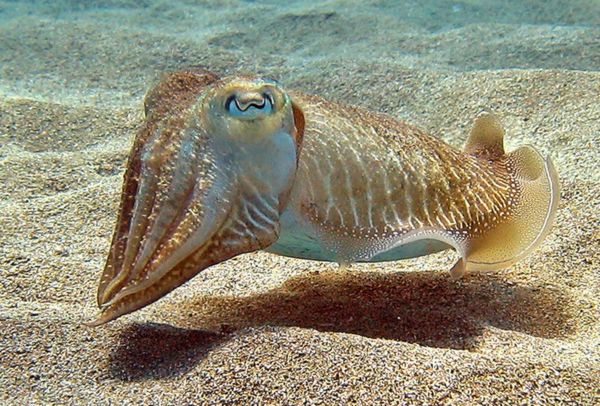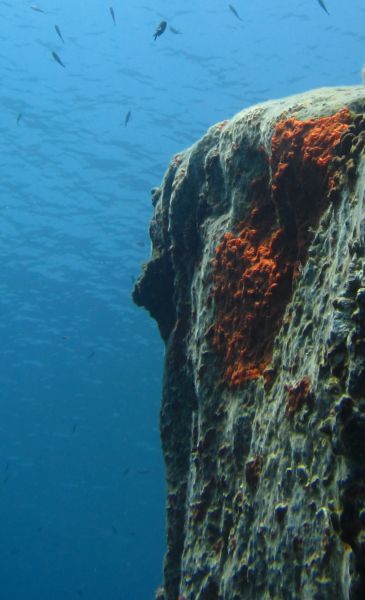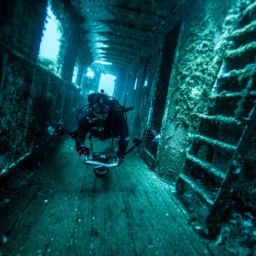The travel world is beginning to open up again, and there’s no better way to celebrate than a trip featuring scuba diving in Malta.
The Maltese archipelago is the collective name given to the three islands of Malta, Gozo, and Comino, which sit surrounded by the deep blue waters of the Mediterranean just off the southern tip of Sicily. Malta is the largest of the three islands and is the favorite destination for tourists. It is also extremely popular among scuba divers, with more than 50,000 of them visiting this beautiful island every year pre-Covid.
Getting to Malta
Getting to Malta is simple, with mainstream and budget airlines flying in from almost all European countries. If you are traveling from further afield, you may need to fly via one of these countries to get to Malta.
If you are planning to dive the epic dive sites surrounding Gozo, you must first fly to Malta (Air Malta) from almost any European country and then allow an hour to get to the Circewwa Harbor, which is Malta’s northernmost point. Once you are there, buy your ferry tickets at the terminal and take the 30-minute ferry ride over to this beautiful island. When returning to Malta from Gozo, go straight to the Mgarr Terminal in Gozo and take the 30-minute back. It’s quite simple and ferries run all day, so no problem if you miss one.
What to expect in Malta

The waters surrounding the islands are home to over 100 dive sites, all with their own unique qualities. Home to some of the cleanest water found in the Mediterranean, you’ll never fall short of things to see in Malta.
Visibility around the islands of Malta is excellent and can be up to 100 feet (30 m) in calm waters. And, most of these top dive sites are only a short distance from each other, so you can easily dive all morning. Some may require a boat journey, but they are all very close by—perfect if you get a little seasick.
Once you’re on the islands, getting around is simple with buses, taxis, and even bikes. Bikes are great if you would like to get some adventure and exercise, unless you are staying on the island of Comino. There are no tarmacked roads and only a handful of cars. It is a small island, with only a few places to stay and provides an adventure all in itself.
Malta’s underwater world is spectacular, and often places in the top 10 of European diving. There is a range of diving to suit every level of diver, from open-water newbies to highly trained technical divers. There are a number of strange rock formations, caves, swim-throughs, drop-offs, mysterious tunnels, beautifully colored reefs rich with life, and epic underwater topography.
Malta also has a lot to offer topside. With its inviting natural harbors, cliff edges, bays, and creeks, you won’t fall short of things to see on Malta and its sister islands.
There are no seasons for diving in Malta, as you can pretty much dive here year-round. However, January and February are the coldest months. Even then, the land temperatures average 55 Fahrenheit (13 C), with the water temperature staying at around 61 F (16 C). The warmest months are June through to November, where you’ll only need a shorty or a 3 mm wetsuit. Diving during these summer months can get pretty busy with tourists visiting for their summer vacations.
Top sites for scuba diving in Malta
Santa Maria Caves, Comino

Where are they?
The Santa Maria Caves are located on the north side of the small island of Comino and are hugely popular among divers because of their fascinating cave systems.
What makes them special?
There are 10 caves and each has its own unique beauty. Some offer beautiful scenery; others offer swim-throughs and large underwater tunnels. If you are a budding photographer, don’t miss this opportunity. Additionally, dive guides will usually bring some fish food to feed the large numbers of sea bream in the area. This makes for a great experience, enjoyed by all.
Extra details:
Pretty much all dive operators travel to this dive site, whether you are staying on Comino, Gozo or Malta itself. This site does require a boat ride, even from Comino. The average depth is around 50 to 65 feet (15 to 20 m) depending on which route your guide takes. This is the perfect dive for open water divers who would like to see some spectacular sights as currents are minimal and caves are large. Keep an eye out for nudibranchs, crabs, eels, mullet, spiny lobster, damselfish, and morays.
When to Go:
Unless otherwise noted, visitors can dive this site and all the following ones year-round.
P-31 Wreck Dive, Comino

Where is it? Located off the coast of Comino lies the P-31 wreck dive.
What makes it special?
This wreck began life as an East German minesweeper. In 1992, it was sold to Malta and renamed P-31. Malta used it as a patrol boat until 2009, when it was scuttled and became a spectacular dive site.
Extra details:
Most, if not all dive operators, visit this top dive site. This is the perfect dive site if you are an open-water diver, looking for some wreck diving experience. The boat was cleared before it was scuttled, meaning that there are no snags, allowing novice divers to semi-penetrate the wreck without fear of getting stuck in a tight spot. The wreck lies 60 feet (18 m) below sea level. Watch out for lizardfish that call this wreck their home.
Inland Sea and the Blue Hole, Gozo

Where is it?
The Blue Hole is located in Dweijra, Gozo and is by far the most famous dive site in Malta.
What makes it so special?
This dive site overlooks another spectacular dive site called the Azure Window. The natural arch, for which the Azure Window is named, collapsed into the sea in 2017, scattering rocks and boulders into the waters below. The dive starts like very few other dives, in an inland sea pool, with a tunnel that leads to a large hole that opens up to offer a phenomenal view of the wide, open ocean. Home to strange but interesting rock formations and epic marine life, this dive site should not be missed. As the drop-off is so steep and severe, it can give divers the feeling of being right at the edge of the world.
Extra details:
This top dive is suitable for all levels of diver as there are a number of routes that you can take depending on your experience—just be sure to discuss this with your dive guide before embarking on the dive. This dive can go down to 72 feet (22 m) depending on your level of expertise. Keep an eye out for sea bream, octopus, lobsters and moray eels.
Bristol Blenheim Bomber, Malta
Where is it?
This aircraft wreck is located off the east coast of the main island of Malta, on the seabed of Xorb il-Ghagin.
What makes it so special?
The Blenheim was a light World War II British aircraft. It is in relatively good condition, with its wings and engine still intact. There is nothing more fascinating than seeing a piece of history that was meant to be up in the air, now resting on the seabed. Keep a look out for radios and even bombs that still surround the wreck. Also, don’t miss the stunning marine creatures that have made this wreck their home.
Extra details:
This is a dive site for advanced and highly qualified divers, as it is a continuous dive that goes down to a depth of 138 feet (42 m). A dive to this location also requires special planning. As it’s quite a deep dive, it may be a good idea to participate in a brief a course with your chosen dive operator so that all the information will be f






